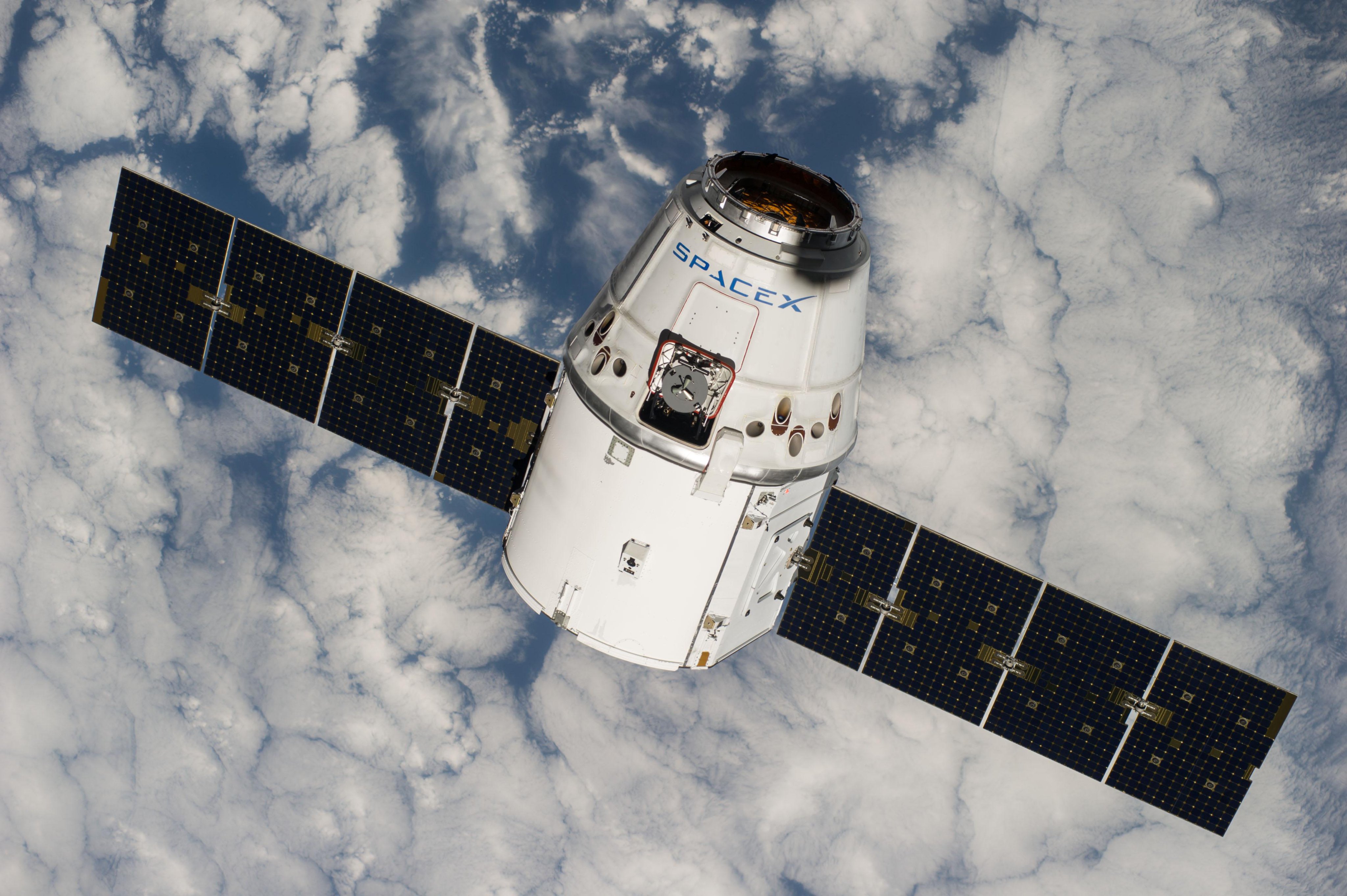Could Dragon’s cargo capacity be expanded to accommodate larger payloads for lunar missions?

Hey there, space explorers! 🌜 As humanity sets its sights on returning to the Moon, one question looms large: could SpaceX’s Dragon spacecraft expand its cargo capacity to accommodate larger payloads for lunar missions? Let’s dive into this intriguing possibility and explore what it would mean for the future of lunar exploration! 🚀
First, let’s refresh our memories about Dragon's capabilities. The Cargo Dragon variant, which is the workhorse of SpaceX’s supply missions to the International Space Station (ISS), has a maximum cargo capacity of 6,000 kg (approximately 13,228 lbs). While this has been sufficient for transporting supplies, scientific instruments, and experiments to the ISS, lunar missions often demand much more robust capabilities. The Artemis program, aimed at returning humans to the Moon by 2024, would benefit immensely from increased payload capacity. 🌌
So, how feasible is it to expand Dragon’s cargo capacity? The good news is that SpaceX is known for its engineering adaptability. By redesigning the interior configuration, engineers could maximize the use of available space, potentially allowing for an increase in usable volume without requiring a complete overhaul. Additionally, they could explore the use of lightweight materials and advanced manufacturing techniques. After all, the aerospace industry is always on the lookout for innovative ways to shed weight while enhancing strength! ⚙️
Another avenue for expanding capacity could involve modifications to the spacecraft's trunk. Currently, the trunk provides additional cargo space and is used for solar arrays and thermal control systems. By utilizing a more modular design or even adding an external payload adapter, the Dragon spacecraft could transport larger equipment or even components for lunar landers! This kind of flexibility would be invaluable for a mission that requires collaboration among different agencies and private entities. 🛰️
Furthermore, incorporating technologies like reusable systems could enhance the sustainability of lunar missions. SpaceX has established a solid record of reusability with its Falcon 9 rockets, with a re-fly rate of over 90%. Employing similar philosophies for Dragon could reduce costs and make larger payloads economically viable for lunar missions. With NASA allocating $28 billion for the Artemis program, cost management will be crucial for success. 💰
It’s also important to consider the role of partnerships in making this expansion happen. Working with other space agencies, like NASA or international partners, could provide additional resources, technology, and insights for optimizing Dragon’s design for lunar missions. Collaborative efforts have been pivotal in past missions, and they will be essential as we push further into the cosmos. 🌍
In conclusion, expanding Dragon's cargo capacity to support larger payloads for lunar missions is not just a pipe dream; it’s a viable option. With innovative engineering solutions, modular designs, and strategic partnerships, SpaceX could make significant strides toward enabling robust lunar exploration. The possibilities are endless as we embark on this new era of space travel! 🌟 #SpaceX #Dragon #LunarMissions #ArtemisProgram #FutureOfExploration
Image credit: SpaceX